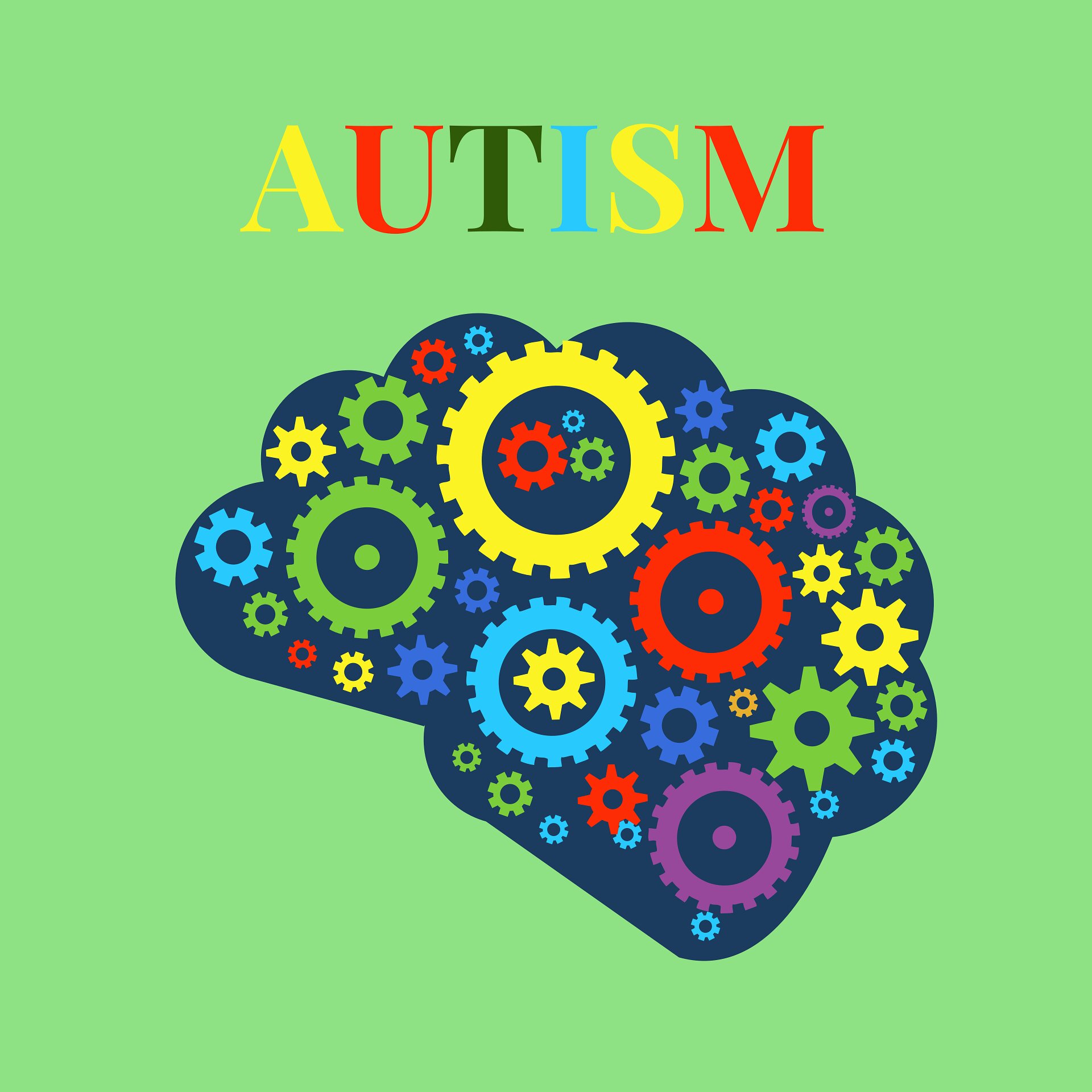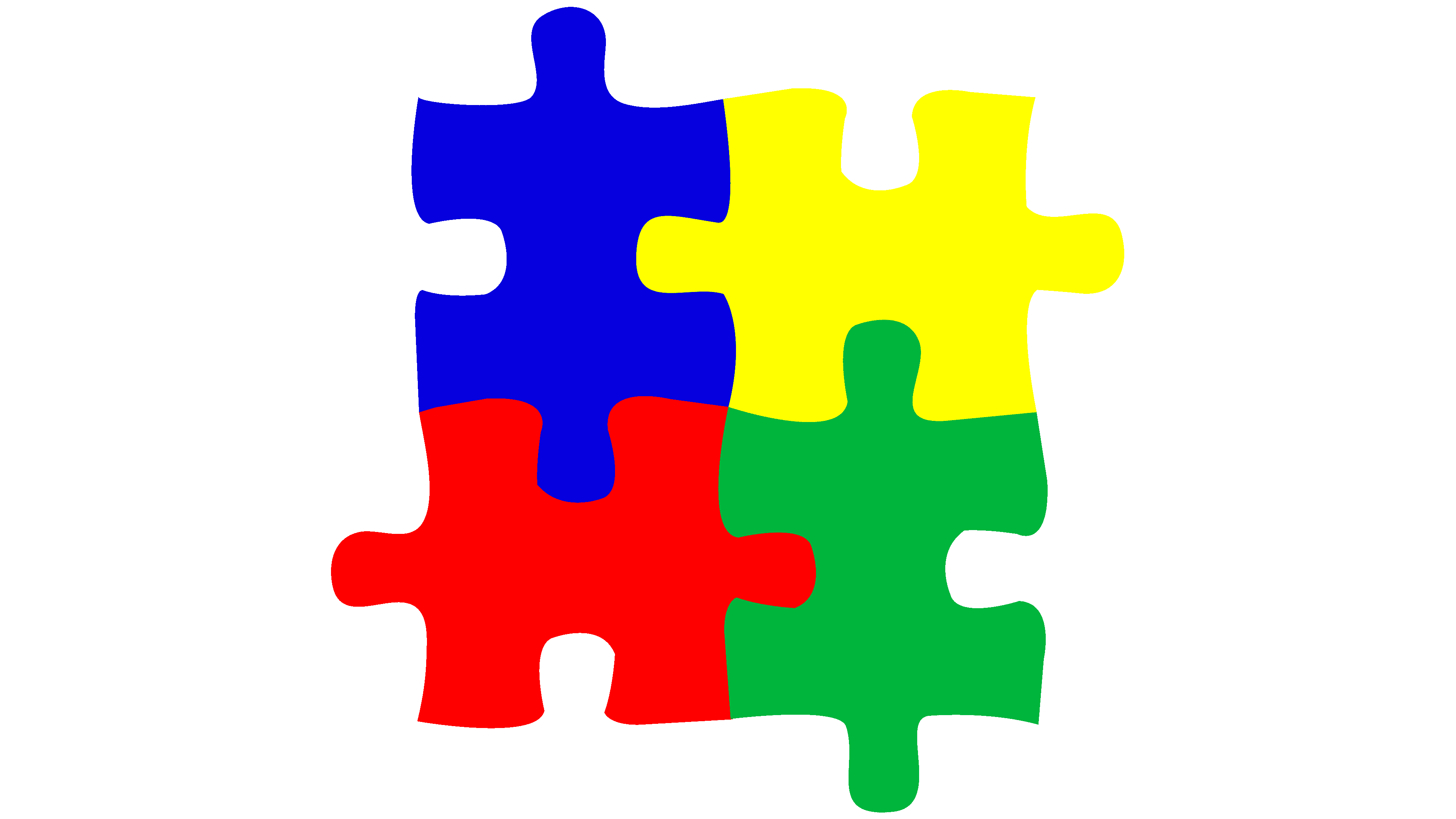Comprehending the Range: A Comprehensive Overview to Autism Awareness
Comprehending the Range: A Comprehensive Overview to Autism Awareness
Blog Article
Sustaining People With Autism: Best Practices in Education and Addition
The support of people with autism within educational setups necessitates a nuanced understanding of ideal practices that promote incorporation and effective discovering. Highlighting organized atmospheres, customized training approaches, and collective efforts among educators and households can significantly boost the instructional experience for students on the spectrum.
Understanding Autism Range Condition
Autism Range Disorder (ASD) is a complex neurodevelopmental problem characterized by a series of difficulties in social communication, communication, and behavior. autism. People with ASD may display a selection of characteristics and signs, frequently resulting in a special account of toughness and difficulties. The spectrum nature of the problem implies that symptoms can vary substantially in extent, with some individuals calling for considerable support while others may function independently
ASD usually shows up in early childhood, with signs typically visible by the age of 2 or three. Typical features include problems in understanding social signs, obstacles in participating in mutual conversations, and a preference for regimens or recurring behaviors. Sensory level of sensitivities are additionally prevalent, affecting just how people procedure and react to sensory input from their atmosphere.
Comprehending these features is crucial for fostering efficient support strategies. Exact recognition of ASD signs can cause timely interventions that can significantly improve a person's quality of life. Acknowledging the diverse methods in which the disorder materializes aids caretakers, professionals, and instructors tailor their approaches to meet the distinct demands of each individual on the autism range.
Developing Inclusive Discovering Atmospheres
Creating an inclusive understanding setting is crucial for supporting people with Autism Range Disorder and promoting their social and academic success. Such settings prioritize approval, understanding, and collaboration among all trainees, cultivating a feeling of belonging. This method calls for the energetic involvement of moms and dads, peers, and instructors, developing a neighborhood that values diversity and inclusivity.
To achieve inclusivity, physical classroom setups ought to accommodate numerous sensory demands, offering peaceful areas and versatile seating alternatives. Visual supports, such as routines and cue cards, can aid comprehension and predictability, important for many trainees with autism. Furthermore, carrying out clear assumptions and organized routines helps in reducing anxiety and enhances discovering chances.
Collaboration among personnel is critical. Educators must engage in recurring professional advancement to much better recognize autism and its implications for learning. Producing collaborations with specialized specialists, such as speech therapists and work specialists, can even more improve the assistance provided to trainees.
Eventually, fostering an inclusive learning environment not only advantages trainees with autism however enriches the educational experience for all students, promoting empathy, respect, and a much deeper understanding of individual differences. This collective effort is vital for cultivating a interesting and encouraging academic ambience.
Effective Teaching Strategies
To successfully sustain people with Autism Spectrum Condition in the class, teachers have to employ a range of teaching techniques that deal with the distinct learning designs and requirements of these pupils. One reliable method is the use of aesthetic help, such as photographs, representations, and charts, which can enhance understanding and retention of info. These devices help clarify complex concepts and give a referral factor for trainees.
Furthermore, applying organized routines and clear assumptions can produce a feeling of stability and predictability, which is essential for several individuals with autism. It is also useful to integrate hands-on understanding opportunities, as these experiences can promote involvement and sensible application of skills.
Distinguished direction must be a foundation of mentor strategies, permitting educators to tailor lessons to individual strengths and difficulties. internet Using social tales can assist in developing social skills and comprehending social cues, linking communication spaces.
Finally, regular feedback and favorable reinforcement can strengthen and motivate pupils wanted behaviors. By integrating these techniques, instructors can develop a reliable and inclusive knowing setting that sustains the growth and advancement of students with Autism Range Problem.
Teaming Up With Areas and households
Reliable cooperation with households and areas plays a crucial duty in supporting individuals with Autism Spectrum Condition. Engaging them in the decision-making procedure makes certain that educational methods are customized to private strengths and obstacles.
Schools ought to assist in open interaction networks, such as regular meetings, workshops, and comments sessions, to cultivate a sense of area and trust fund. Additionally, including community companies can offer access to sources and assistance services that extend past the class, improving social possibilities and skill growth for people with autism.
Expert growth for instructors must also highlight the importance of family engagement and area partnership. Educating on culturally receptive practices can help teachers much better comprehend and integrate diverse household perspectives. Inevitably, a collective strategy not only encourages family members but likewise enriches the finding out experiences of people with autism, developing a supportive community that advertises their general well-being and success.
Supporting Social Skills and Interaction
Promoting social skills and communication is important for individuals with Autism Spectrum Condition, as these skills are foundational for developing relationships and browsing social contexts. Effective approaches for improving social proficiencies consist of structured social skills training, peer-mediated treatments, and making use of social stories.
Social abilities training programs can be tailored to address details deficiencies such as initiating discussions, comprehending non-verbal cues, and taking turns throughout interactions. These programs usually incorporate role-playing circumstances to provide functional experience and feedback. In addition, peer-mediated interventions, where generally developing peers are included, can facilitate naturalistic social interactions, promoting an encouraging environment for individuals with autism.

Moreover, developing comprehensive settings in institutions and area settings urges chances for social engagement - autism. By promoting understanding and approval amongst peers, the capacity for meaningful interactions rises, ultimately bring about greater social skills and psychological wellness for individuals click this link with autism

Final Thought
In verdict, carrying out ideal techniques for supporting people with autism in educational settings is vital for fostering inclusion and understanding. Structured regimens, aesthetic aids, and cooperation amongst educators, families, and neighborhood organizations boost discovering experiences and address individual demands. Promoting social skills and producing comprehensive environments promotes significant communications. Focusing on acceptance and involvement within universities dramatically enhances the lifestyle for students on the autism spectrum, eventually adding to their academic and social success.
The assistance of individuals with autism within educational settings necessitates a nuanced understanding of best practices that promote inclusion and efficient knowing.Creating a comprehensive learning environment is crucial for supporting people with Autism Range Disorder and promoting their academic and social success.To properly sustain individuals with Autism Spectrum Condition in the classroom, teachers should use a variety of training strategies that cater to the distinct understanding designs and demands of these students.Effective collaboration with neighborhoods and households plays a critical duty in sustaining individuals with Autism Spectrum i was reading this Disorder - autism. Furthermore, peer-mediated treatments, where generally creating peers are included, can facilitate naturalistic social interactions, promoting a supportive atmosphere for individuals with autism
Report this page